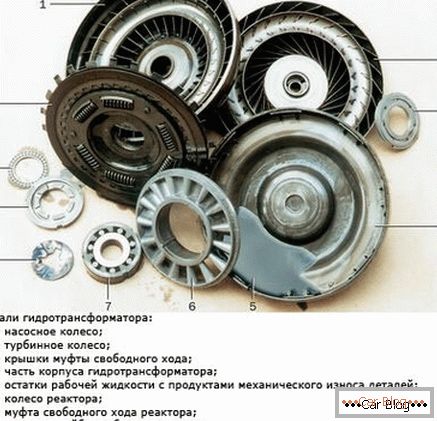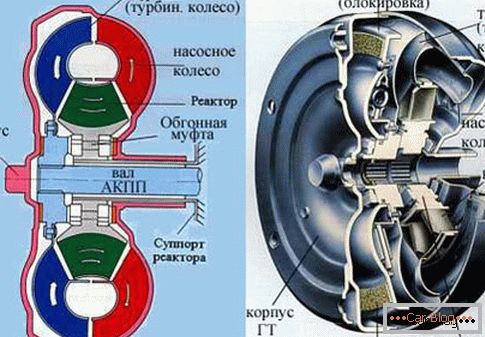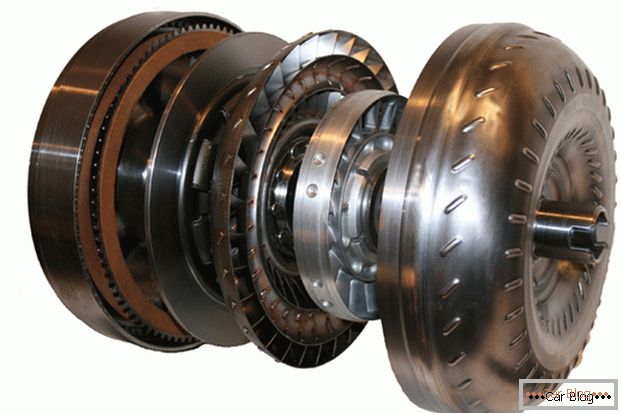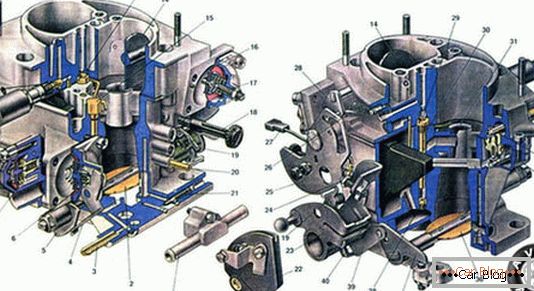Hydraulic coupling is an important element of the car, which is an important part of the semi-automatic as well as automatic transmission. The main use of the device is to transfer torque to the gearbox from the drive shaft. It consists of two-bladed wheels, which are installed in a special case. It is filled with special oil, which is the working fluid. The shafts do not have a rigid connection, which makes it possible to ensure a smooth transfer of rotation between the axles without sudden movements.

Appearance history
Hydraulic coupling was patented in 1950 and owes its appearance to the development of shipbuilding. After the ships began to install steam engines to increase speed, there was a need to transfer torque to the propellers that were in the water. The mechanism was successfully tested and caught on. In the future, the device was adapted for buses in London. Also, the fluid coupling has found its application in cars and diesel-driven locomotives. The device has an efficiency of about 98% and is widely used in the automotive industry.

Principle of operation
The wheels that make up the device, are divided by purpose. Turbine is connected to the crankshaft of the engine, and the turbine has a direct connection with the transmission. Turbine wheel spins oil flows, which are formed during the rotation of the alluvial wheel. This design allows you to transfer torque in the ratio of one to one. But this is not enough for the car to work with maximum power. To enhance the effect in the design added reactor wheel.
See also: Select the gearboxThis wheel rotates on the drive shaft and together with the pump makes up a single mechanism. Depending on whether it stands or rotates, the impact spread increases. Improved design called the torque converter. When the rotational speed of the turbine wheel increases (i.e., the vehicle speed increases), the torque converter goes into hydraulic clutch mode.

Benefits
The main advantage of using the fluid coupling has become a smooth transmission and a change in torque. In addition, the design features most carefully affect the transmission and can not damage it. This is due to the fact that the design implies the ability to limit torque.
disadvantages
One of the obvious flaws in the use of fluid coupling has become a small efficiency when compared with mechanical couplings. This is due to the loss of torque, which is used for the promotion of oil, and does not turn into useful torque. To reduce wear in cars with automatic transmission, a blocking mechanism is provided, which is triggered if the car has reached the intended speed.
Today, modern pneumatic and electric systems are replacing hydraulic systems. According to statistics, the majority of investments go to them. But at the moment, hydraulic systems are the most proven and reliable.



